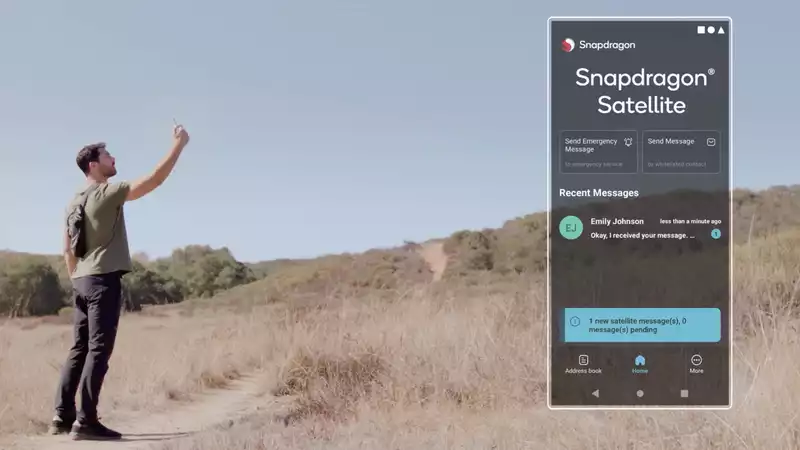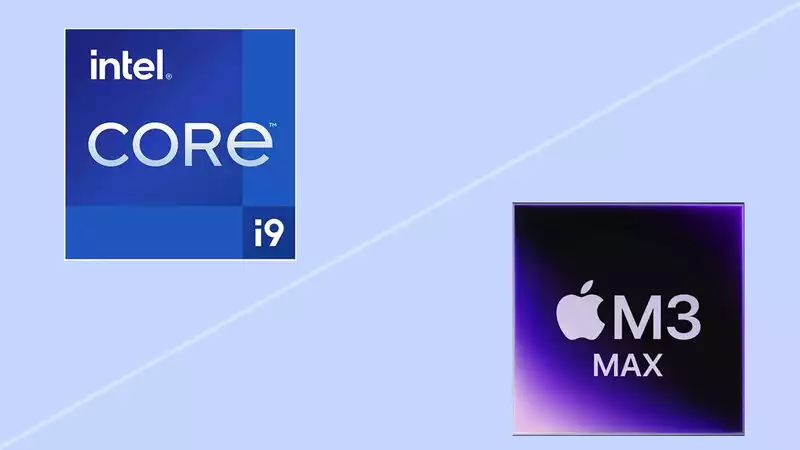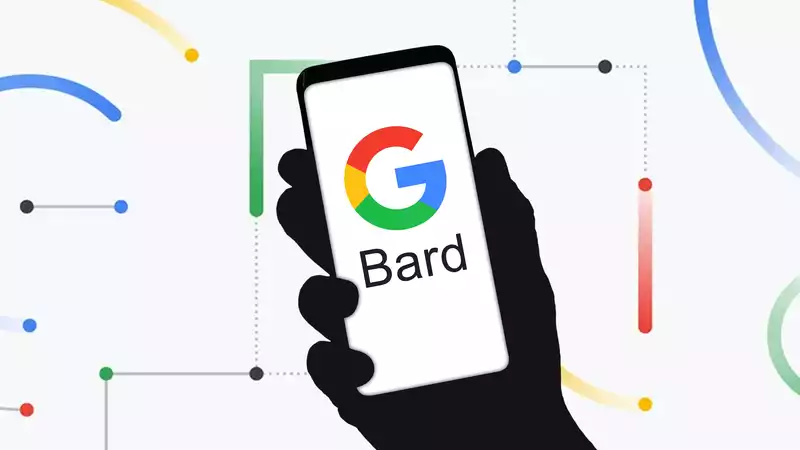A series of leaks have confirmed one of the biggest upgrades to the iPhone 12 Pro. And now we are getting a better sense of what this feature will allow users to do.
The most compelling report comes from Fast Company, which details the capabilities of the new LiDAR sensor supplied by Sony. the LiDAR sensor uses pulses of light to measure the distance of objects. And it has the potential to radically improve both photography and augmented reality.
The iPad Pro uses a similar LiDAR sensor, but Apple has found even more ways to utilize it for the iPhone 12 Pro. In terms of photography, the iPhone 12 Pro model will reportedly utilize LiDAR to "autofocus more accurately" as well as better distinguish between foreground and background.
This should allow for better portrait mode shooting on the iPhone 12 Pro and iPhone 12 Pro Max. In other words, the iPhone 12 Pro could produce results much closer to the best DSLR cameras.
The LiDAR sensor should also be useful for video, as it can track the depth of moving objects and subjects in the frame; "Fast Company" speculates that the camera software "can isolate 3D objects from the video background and apply effects to them.
An earlier leak from Jon Prosser regarding the iPhone 12 Pro's LiDAR sensor could also allow for an enhanced night mode, although it is not clear if this would apply to photos, videos, or both.
Another important aspect of LiDAR is how it could enhance augmented reality applications; according to Fast Company, iPhone AR applications could "place digital images within a layer of real-world images visible through the camera lens. . will be able to "place them. Additionally, the iPhone 12 Pro's LiDAR sensor will provide greater accuracy when taking measurements.
Separately, leaker White posted the following image on Twitter, which unmistakably shows two space gray-colored rear glass panels of two iPhones.
Of the two glass panels, the lower glass panel appears to be that of the iPhone 11 Pro or iPhone 11 Pro Max, with three large holes for the main, ultra-wide, and telephoto camera lenses, a small hole at the top for the flash, and an even smaller hole below for the rear microphone The smallest hole at the top is for the flash, and the smaller hole below that is for the rear microphone.
The other glass panel, presumably from one of the iPhone 12 Pro devices, has a much larger hole used for the microphone and a new smaller hole slightly above and to the right of it. Since the iPhone 12 Pro is rumored to have a LiDAR sensor, it makes sense that the sensor would be placed here and the microphone moved into the new smaller notch.
This is according to user LaoBaoTech of Chinese social network Weibo (via MyDrivers and MacRumors). This is reportedly an image of a case for the iPhone 12 Pro Max, again showing the triple camera array, a large cutout below it, and a microphone-sized hole in the upper right corner of it.
Based on the rumors and leaks we have seen, the iPhone 12 lineup may stick with a 12MP sensor this year when rivals like Samsung are pushing 108MP in the Galaxy Note 20 Ultra. Samsung also offers the powerful Space Zoom with 5x optical zoom and 50x digital zoom. iPhone 12 Pro series is expected to stay in the 2x range or even go up to 3x.
However, we have heard that the iPhone 12 will offer a larger sensor than before, perhaps capturing more light and more detail. We are also told that this should result in improved magic fusion capabilities, which fuse multiple images together to provide the sharpest possible image.
With the addition of LiDAR, the iPhone 12 Pro and iPhone 12 Pro Max have the potential to be the best camera phones, but we need to see how well this feature works. And that will likely happen in October, as Apple has said it will delay the iPhone 12 launch by a few weeks.










Comments